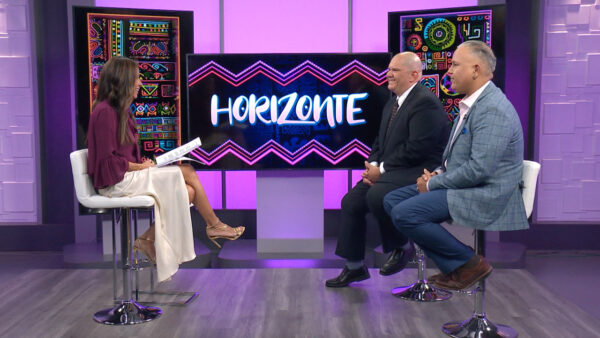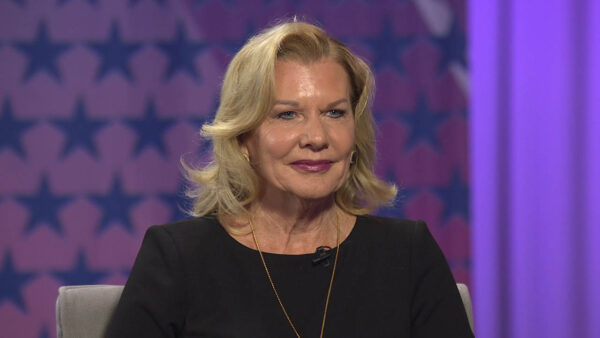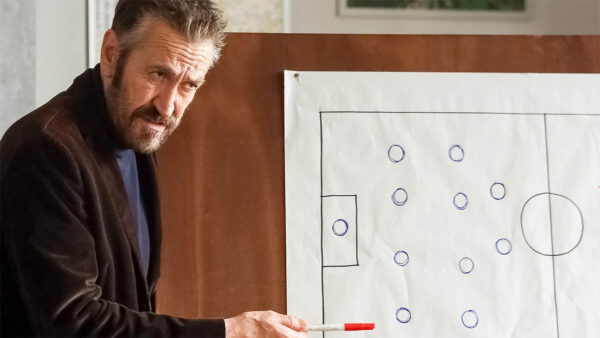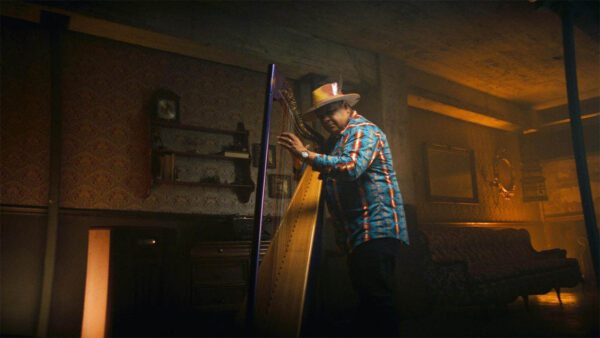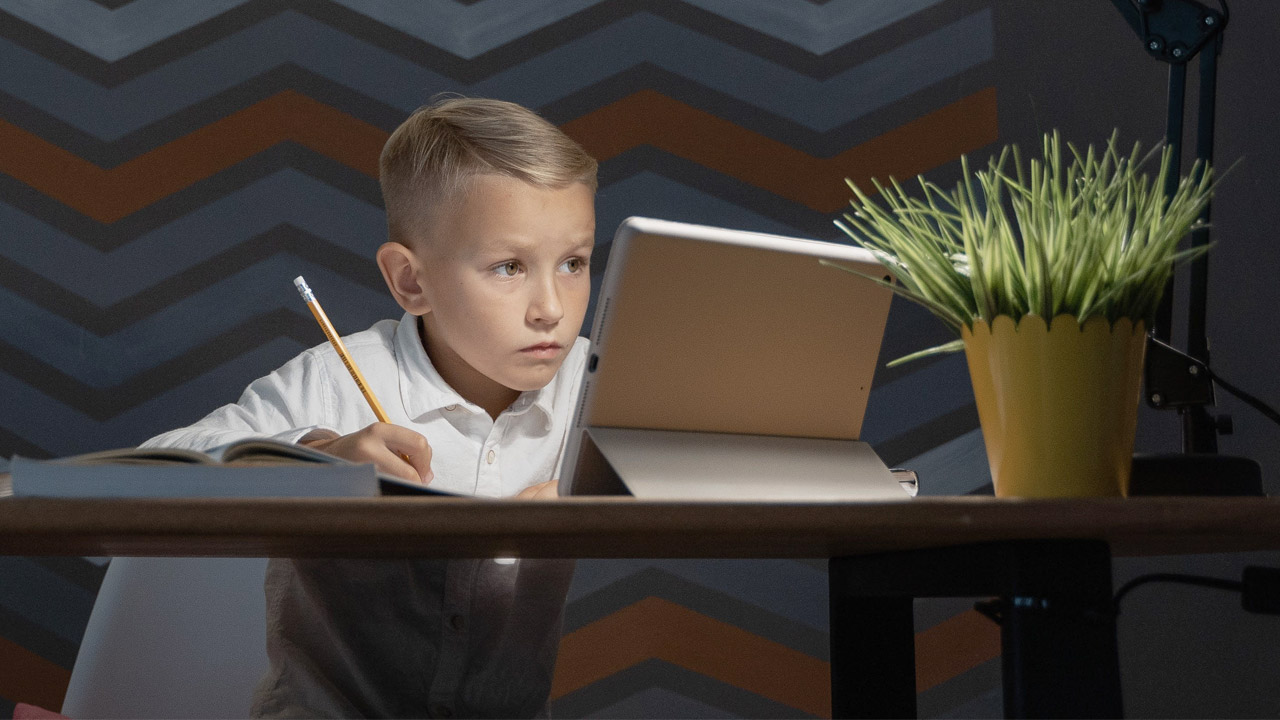
Raising kids in a new era of technology: Internet safety
Jan. 3
In this series, we are discussing children and technology, specifically how parents can use technology as an asset.
No matter how much we may try to avoid the world wide web, it is bound to be part of our child’s life at some point. Even if you’ve been good at avoiding it at home, by the time they get to school, they will be needing to complete projects that require online research.
So rather than avoid the topic altogether, what are some ways we can ensure our children are properly equipped with techniques to help them browse and search the web safely? Here are six tips to help you teach young children how to safely browse the internet.
1. Choose a child-friendly browser. Yes, these exist and are made to ensure children don’t come across inappropriate content by accident. Kiddle and KidRex are a two options to explore when allowing your child to browse the internet.
2. Model online behavior. Sit with your child while they navigate and experiment with using the internet, and be sure to go over some ground rules. Make sure to place the computer in a central home area where you can monitor your child while they use it.
3. Set parental controls. Familiarize yourself with parental controls on your child’s device, and make sure you set them up prior to allowing them access. If allowed, set it up to age-appropriate content only.
4. Don’t fall for scams. Talk to your child about fake accounts, and how the internet is not always what it seems. Ask them to check with you first before making any friends online or sharing any type of information.
5. Privacy is key. The less personal information you or your child share publicly on the internet, the better. And when it comes to passwords, let your child know to only share his or her password with a parent or guardian.
6. Be kind. If your child is on any type of online forum or place where they can share thoughts, talk about the importance of being kind. Words that are put online are not easily erased and can be used against them. Even if your child deletes it, someone could have taken a screenshot and reported it. It is best to always be kind.
There are several ways to lead your child through the process of using the internet safely, but not all situations are the same. What works for one child may or may not make sense for another, and hopefully these tips will help as you make considerations about internet safety.
What other ways can we teach young children to use the internet safely? Let us know on social media at Arizona PBS KIDS on Facebook.
Review the other articles in our series on children and technology:
- Raising kids in a new era of technology: Smartwatches
- Raising kids in a new era of technology: Tablets
- Raising kids in a new era of technology: Cell phones
About the author

Marissa Will is the mother of two, Olivia (6) and Logan (4). Writing was her first passion: she’s a freelance writer and a Walter Cronkite School of Journalism and Mass Communication alumna. Will is currently educating the future leaders of tomorrow: She has spent the past nine years educating third grade with a master’s degree in elementary education from Northern Arizona University-Yuma.





